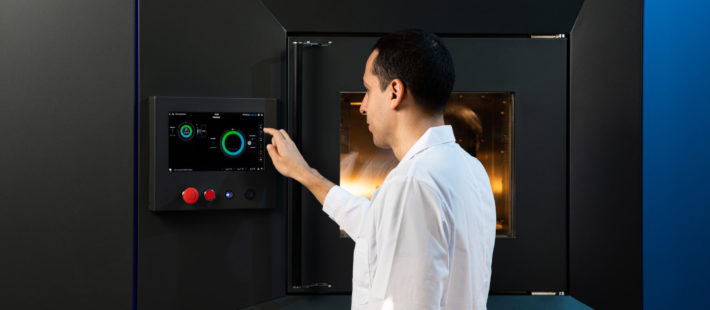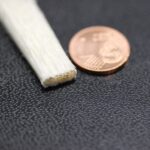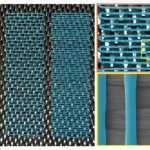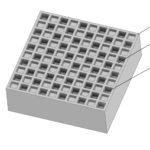Roboze, a manufacturer of 3D printing technology for industrial applications, presented Roboze Automate. It is a system that aims to make 3D printing customized with special polymers and composite materials suitable for the typical workflow of automated production. In order to do this, the company worked in collaboration with B&R Industrial Automation, an Austrian company part of the ABB group, developing a 3D printing technology with special polymers, such as Peek, that integrates into industrial automation systems.
The idea comes from the need that industrialized countries have to invest in different sectors, from energy to transport to production, in the face of a shortage of supply of metal parts that is impacting each of these realities.
As is well known, products obtained by 3D printing are subject to strong variations due to factors such as:
- human error
- quality of materials
- fluctuations in the process temperature.
These obstacles have so far been a brake on the spread of 3D printing as an industrial production process on par with other production processes such as CNC machining and injection molding.
Roboze Automate solution
This solution simplifies the entire workflow. How?
- monitoring results
- reporting data during all stages of the process
This is possible thanks to its advanced sensors and remote control and diagnosis capabilities. With Roboze Automate, predictive maintenance is incorporated through an automatic remote update of new functions and software parameters.
Roboze Automate will be available for all new Argo 500 additive manufacturing systems to enable customers to produce and certify each printed component, efficiently creating customized controlled batches of up to 3,000 parts in a single machine.
 |
SUBSCRIBE NOW
|













